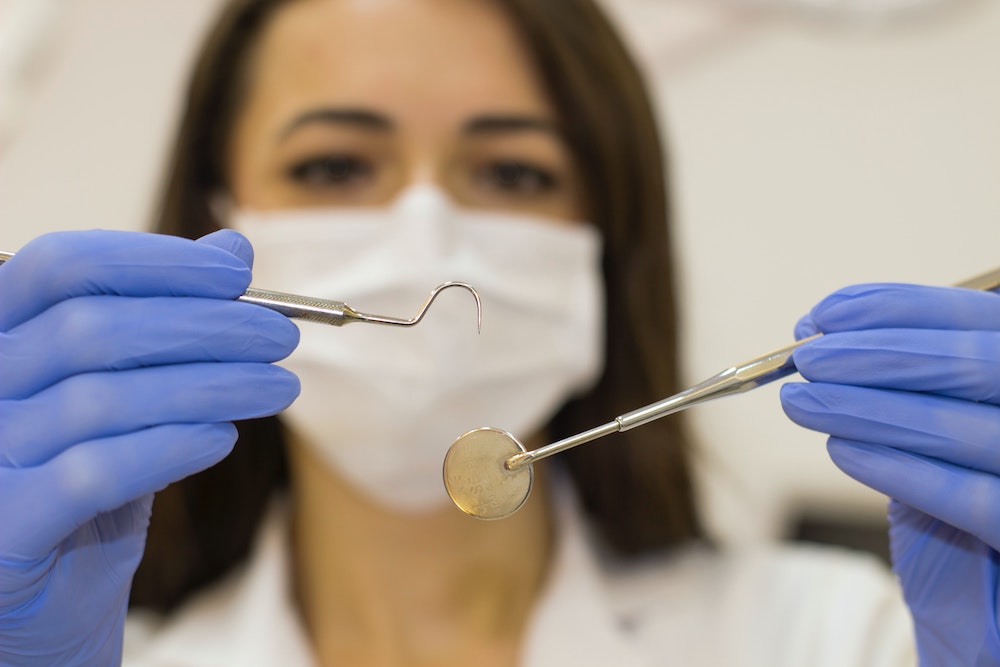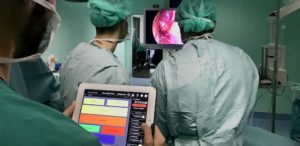Dental Simulation
Dental Simulation is the use of simulation education for dentistry procedures. Clinical simulation in dental education is hardly a new phenomenon; the first “phantom head” was in use by the late 19th century. However, the simulation models have evolved continually since then, and at this time, three-dimensional virtual reality (VR) software is becoming an educational standard.
Pre-patient simulation training helps dental students transition smoothly to patient clinics. A number of simulation education tools and methodologies are available in dental schools. Dental education is extremely comprehensive, incorporating more than just oral health. Dental students also are educated in pharmacology, anatomy, human biology, and general health. Dental skill trainers address the need for preclinical education, concerns for patient safety, and provide the most appropriate learning setting for novice dental students.
In addition to dental simulators that let learners practice skills necessary for safe delivery of patient care, dental simulation may also encompass the skills needed to create and manage a successful dental practice.
Sponsored Content:
Dental Simulation Technology
In the past, haptic dental trainers used real, extracted human teeth or plastic teeth for students to practice tooth preparation. This kind of model had several shortcomings: the procedures permanently altered the teeth, so they were not reusable; plastic teeth do not have a similar touch compared to real teeth, limiting the reality of the simulation education; and real teeth became more difficult to acquire for educational purposes.
Today, a dental care training manikin usually is a phantom head, which consists of a full 360-degree dome skull with a complete oral cavity. Many of these bench-mount heads also incorporate water spray, dental hand pieces, and come with a complete set of dental tools for practice. With the advancement in computer technology, dental simulators often incorporate dental manikins paired with technology for better skills training. They may be haptic models paired with a computer screen or full VR dental simulation scenarios. Dental simulators make clinical practice training reversible, repeatable, and more realistic and environmentally friendly.
Computer-supported and VR dental simulators were introduced in the late 1990s-early 2000s. This technology combined computer-generated virtual teeth with devices that simulated control of dental hand pieces. Blending manikin-based learning with 3D images improves realism and leads to the motor skills learning necessary for this healthcare profession.
Sponsored Content:
A dental simulator replicates soft and hard oral tissues, and provides a clinical diagnosis and treatment environment using virtual reality (VR). The haptic simulator replicates the interaction force between the dental bur, which is the hook-shaped dental tool that scrapes plaque or tartar from teeth, and the tooth, the mouth mirror, and soft and hard tissues through force feedback technology and virtual reality (VR). All these features come together to reproduce the whole training process for dental clinical skills as closely as possible. Dental simulators like this are used for adult vocational training and university education.
Dental simulators give learners access to a finger rest, water spray, and dental hand piece. The importance of a finger rest is to maintain stability while performing instrumentation (i.e. handling a bur and a mirror). Infrared technology projects an image of the learner’s preparation onto a computer screen, for real-time evaluation and feedback. Simulation software provides support for orthognathic surgical planning, implant treatment, and periodontal disease treatment. Simulation learning is also available for teeth extraction and performance of dental injections. An immersive VR dental school adds experience and patient management skills earlier in the curriculum.
Universal Simulation UK (UniSim) has created a portable haptic and VR simulator for dental simulation. This innovation was especially valuable during the COVID-19 pandemic as students needed to quarantine and instructors needed to provide remote instruction. As this technology continues to advance, clinical simulation can be replicated in the simulation suite. The use of haptics, VR, and the ability to virtually touch objects allow learners to practice treatments virtually, while still giving them the tactile feedback of drilling through enamel and dentin.
The introduction of computer-generated simulation allows dental students to repeatedly practice the same tooth preparation without direct supervision. The synchronous computer feedback supports effective motor skill development. Medical simulation education, including dental simulation, builds muscle memory, and for fine motor skill development, awareness of when and how an error is made (knowledge of performance) is more important than the final result itself (knowledge of result).
Dental Simulator Examples
DentSim: The DentSim system unit consists of a phantom head and dento form, dental instruments, infrared sensors, infrared camera, and two computers. The cameras capture the orientation and movement of resin teeth and a hand piece, which shows the students’ work virtually on the computer screen in real-time. Learners can see the evaluation of their tooth preparation compared to the ideal preparation on the screen and also continue to work on the resin teeth.
Virtual Education System for Dentistry: This is a dental simulator for prosthodontics that was developed by the Affiliated Stomatological Hospital of Nanjing Medical University and Suzhou Digital-Health Care Company. The system contains the Virtual Learning Network Platform (VLNP) and Real-Time Dental Training and Evaluation System (RDTES). Students learn courses on the VLNP, then perform practical work using the RDTES to record and view processes.
Individual Dental Education Assistant (IDEA): IDEA differs from other dental simulators because it focuses on training and evaluating hand flexibility, not for components such as tooth preparation or scaling. The system consists of a handheld stylus that simulates a dental hand piece and a computer installed with simulation software. The stylus provides force feedback and is designed to enable students to be flexible and proficient with the use of dental hand pieces.
Periosim: Periosim allows learners to use dental instruments to visualize and detect caries and periodontal diseases in a haptic environment. The system consists of a steroscopic display, a computer, and a haptic device, and is available online for students. Instructors can upload a variety of training programs for learners to access and download, making the system convenient and efficient.
Dental Simulation Scenarios
The Agency for Healthcare Research and Quality (AHRQ) offers several dental simulations that use Team STEPPS methodology for training. The healthcare simulations scenarios include the latex allergy, medication and a pregnant patient, tooth abscess, patient injury in the waiting room, post-op bleeding, tooth extraction, x-ray, BLS, and patient mix-up.
Aggressive Patient Scenario: MedPro offers a dental simulation scenario with an aggressive patient. In the scenario, a dental patient who has just received a root canal returns to the dental practice displaying irritability. He demands his money back claiming the procedure was done incorrectly. The scenario focuses on de-escalation techniques, which should be performed for the safety of the staff and other patients.
Dental Practice Simulations: Dental management practice simulations can be valuable for dental students because many of them will go onto independent practice. Dental Simulations offers computer learning games for dental practices. The web-based simulations can be performed by individual students or by student teams.
Business Foundations presents common management decisions required to successfully run a dental practice. The simulation is a guided learning system that helps dental students discover the foundations of operating a small business dental practice. In the Strategic Challenge, students compete to develop the most profitable practice. Game participants create a practice with a philosophy, plan a strategy, set goals to measure success, and make management decisions to achieve their goals. A game administrator manipulates variables to customize the game.
Dental Simulation Education Latest News
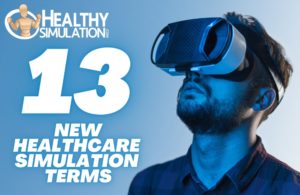
13 Medical Simulation Keywords You Need to Know About

Multiple Universities Unveil New Clinical Simulation Center Updates
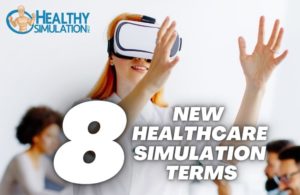
8 Medical Simulation Keywords You Need to Know About
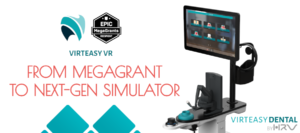
Virteasy Dental Announces First Next-Gen Haptic Dental Simulator Built On Unreal Engine
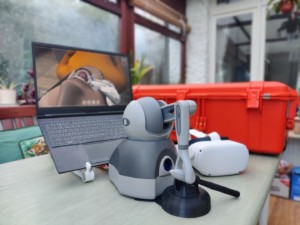
World’s First Haptic & VR Dental Simulator Provides Remote Training Opportunities
Sponsored Content:



